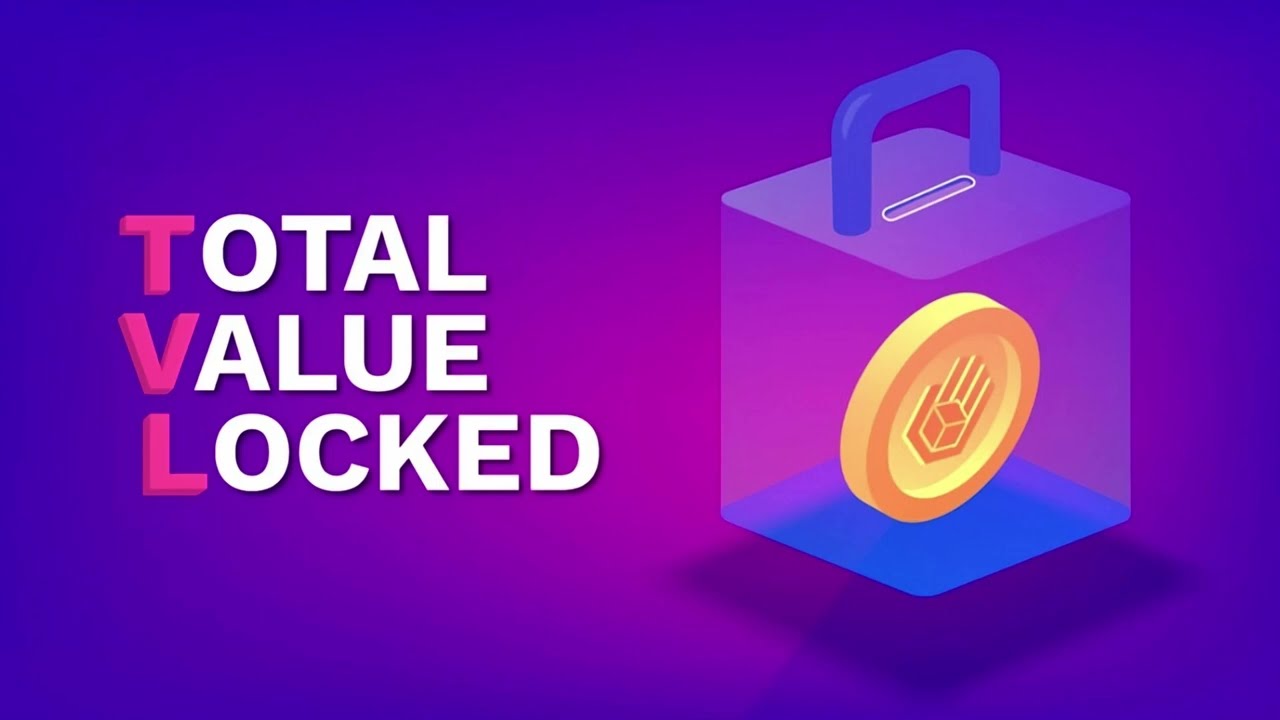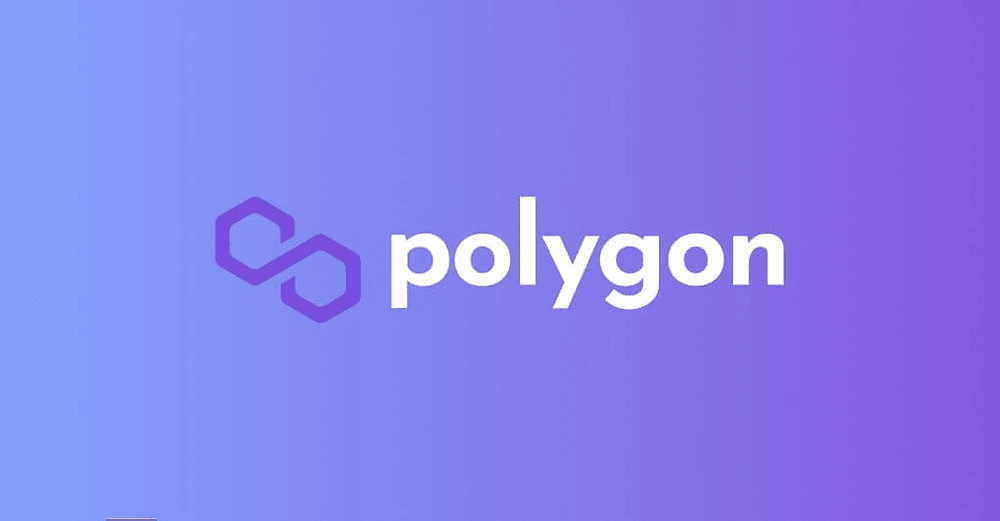Top 10 Chains Total Value Locked (TVL) is a significant metric for blockchain ecosystem health and popularity in the fast-paced realm of decentralized finance (DeFi). Ethereum leads TVL this week and shows DeFi’s lively and developing landscape. With more investors seeking platforms with the best liquidity and utility, analyzing which TVL chains dominate might reveal market trends and investment opportunities.
TVL—Total Value Locked?
Total Value Locked (TVL) measures the amount of assets staked, invested, or locked in DeFi protocols on a blockchain. This figure includes cryptocurrencies and stablecoins deposited in liquidity pools, lending services, and yield farming schemes. TVL measures user trust, ecosystem health, and platform capital efficiency. A greater TVL indicates higher demand, liquidity, and ecosystem functionality.

Current TVL Top 10 Chains
Ethereum (ETH)
Ethereum dominates DeFi with a TVL over $40 billion. It hosts Uniswap, Aave, and MakerDAO, among others. Smart contracts originated on Ethereum. Ethereum 2.0’s proof-of-stake transition has enhanced scalability and cut transaction fees, making it more appealing to developers and users. The rise of NFTs and Layer 2 solutions solidifies Ethereum’s DeFi dominance.
BSC (Binance Smart Chain)
Binance Smart Chain ranks second with $8 billion TVL. The chain’s accessibility attracts small investors and institutions, and popular programs like PancakeSwap and Venus boost involvement. Binance Smart Chain (BSC) is a blockchain platform for fast, cheap dApp development. Proof-of-Staked-Authority (PoSA) consensus allows efficient scalability. Integrated with Ethereum, BSC provides DeFi, NFTs, and cross-chain interoperability.
Avalanche (AVAX)
Avalanche is a major DeFi player with a TVL of $4 billion. Avalanche’s revolutionary consensus algorithm processes transactions quickly, making it ideal for fast-paced applications. By attracting liquidity and users, protocols like Trader Joe and Benqi are helping this expansion.
Polygon (MATIC)
Polygon, a layer-2 scaling solution for Ethereum, has attracted users with its $3 billion TVL. The platform retains Ethereum’s benefits while reducing congestion and transaction fees. QuickSwap and Aave have grown in popularity, and Polygon’s commitment to Ethereum’s security makes it appealing to developers seeking quick solutions.

Fantom (FTM)
Fantom’s Directed Acyclic Graph (DAG) architecture offers low latency and high throughput, propelling it to $2 billion in TVL. SpookySwap and Yearn Finance thrive under Fantom’s DeFi-friendly design, reinforcing its growing prominence.
Tron (TRX)
Tron entered DeFi with a $1.8 billion TVL, a huge move. Users seeking great transaction efficiency have favored protocols like JustLend and Sun.io due to the network’s fast consensus and minimal transaction fees. TRON (TRX) decentralises content sharing and entertainment, letting artists communicate directly with customers.
Solana (SOL)
Solana is a rising star with a $1.5 billion TVL. The chain’s fast transactions and growing use of DeFi apps like Raydium and Serum are boosting its growth. Solana’s concentration on performance keeps it in the conversation despite stability issues. Efficient operations are achieved with DPoS consensus
Arbitrum (ARB)
Terra (LUNA)
Terra is a blockchain protocol focused on algorithmic stablecoins and decentralized finance (DeFi) applications. It uses its native token, LUNA, for governance, staking, and maintaining the stability of Terra’s stablecoins. Known for fostering a vibrant ecosystem, Terra facilitates fast and low-cost transactions, making it attractive for DeFi enthusiasts.
EOS (EOS)
EOS is a high-performance blockchain platform for developing decentralized applications (dApps) with minimal fees and high throughput. It employs a Delegated Proof-of-Stake (DPoS) consensus mechanism to enable fast, efficient, and scalable transactions. EOS is designed to empower developers with tools for seamless dApp deployment, supporting Web3 innovation.
Key Trends and Future Implications
- Speed and Scalability: Performance-focused chains with low fees attract more liquidity. This scalability focus will help attract and retain users.
- Interoperability: As blockchain technology advances, user engagement and adoption will depend on seamless chain interaction.
- Institutional Interest: Institutional investors legitimize DeFi, therefore chains with strong security and stable ecosystems will be better positioned to capture this market.
- Focus on User Experience: As DeFi competition grows, platforms with better user experiences—lower fees, faster transactions, or more functionality—will likely succeed.
For More: Nym and Celestia Blockchain Privacy and Scalability Pioneers
Summary
The present state of Total Value Locked reveals DeFi priorities and collaborations. Ethereum leads the way, but other chains are also gaining ground, making competition tough and ever-changing. Investors and developers must understand these tendencies to manage this dynamic ecosystem. As these chains innovate, liquidity, capital deployment, and DeFi sector sustainability are affected. Blockchain finance is changing quickly, therefore being educated is crucial for participants.

